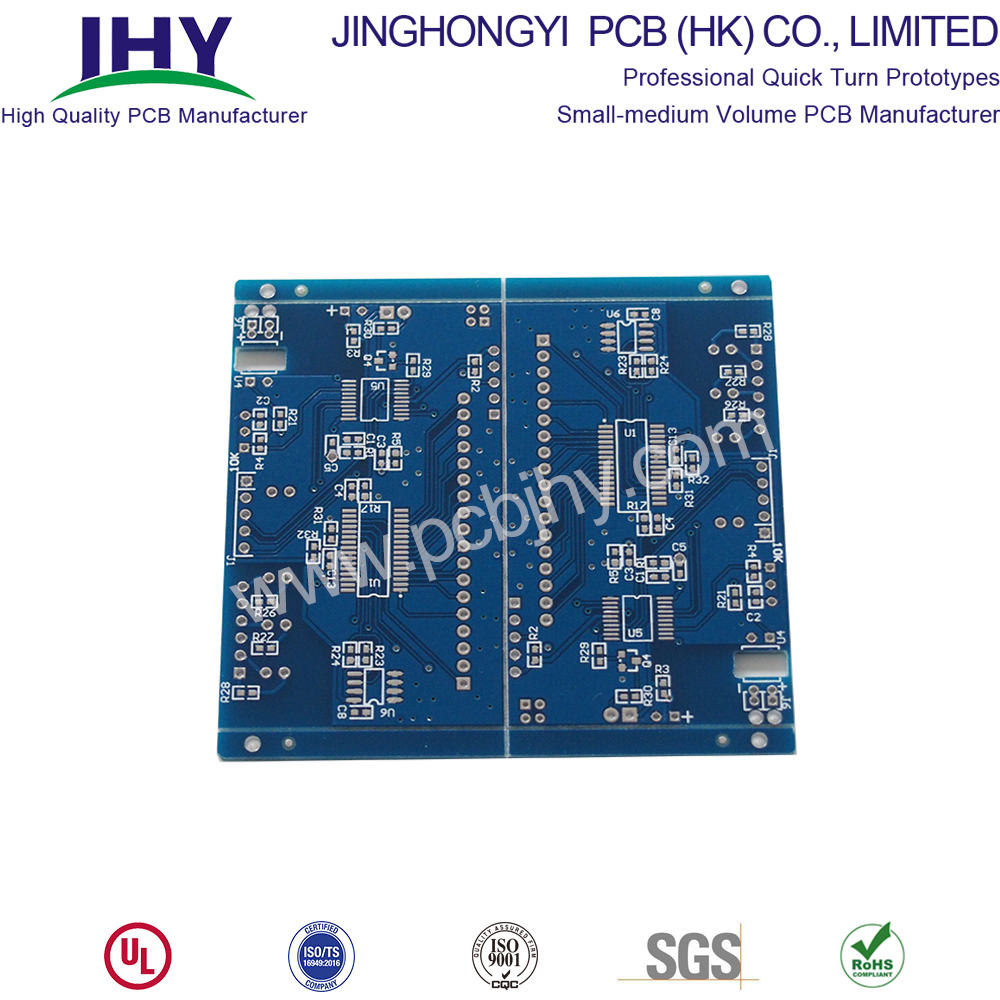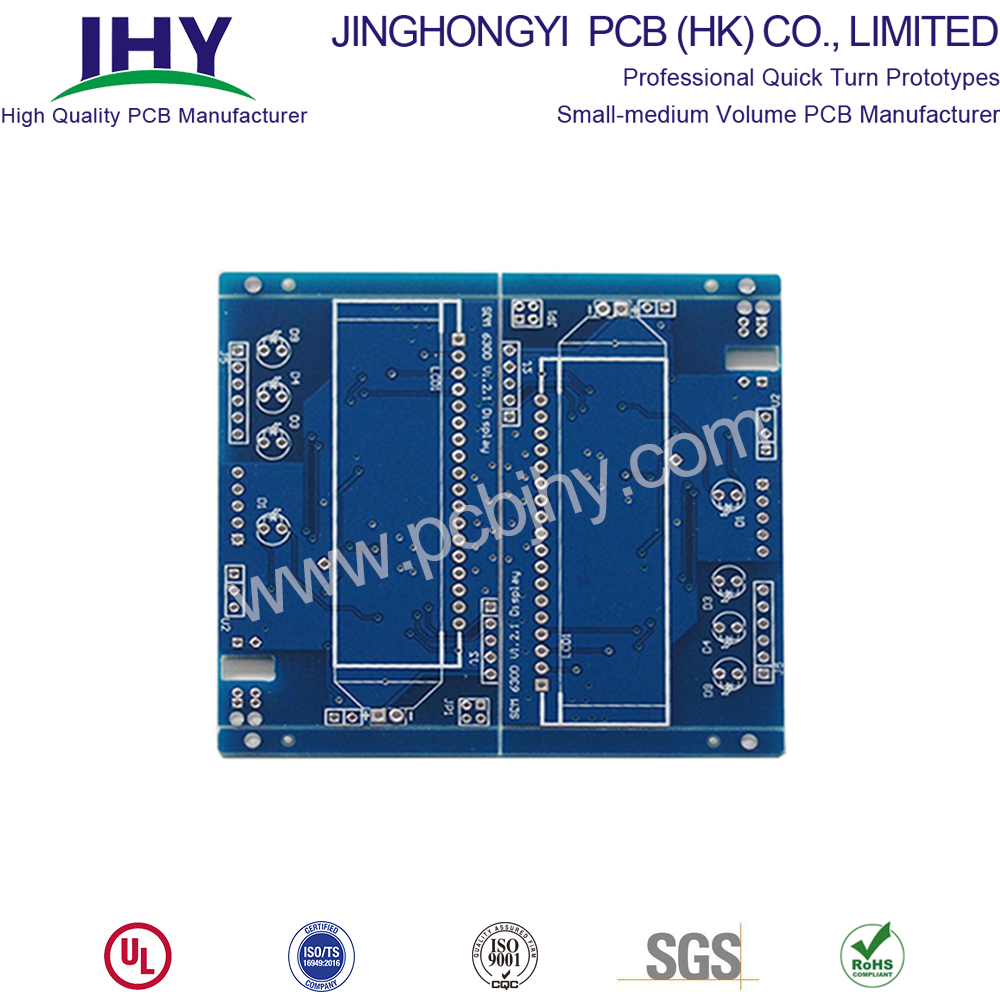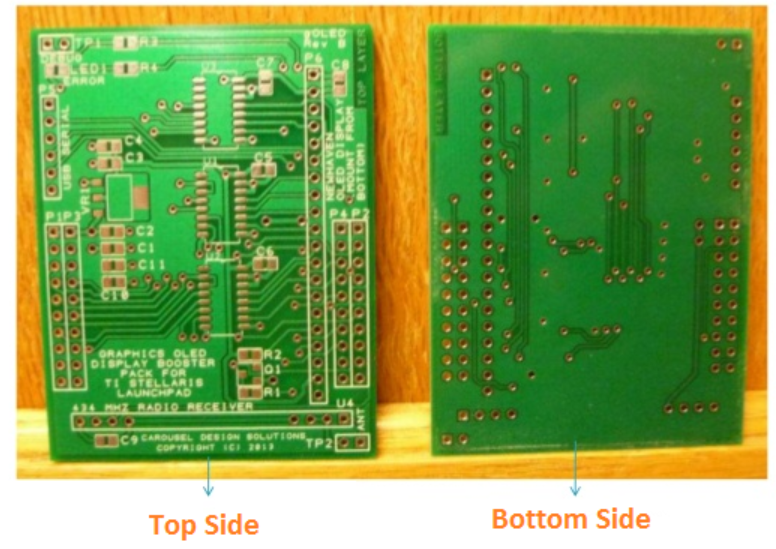Following the three quarterly reports and the large number of disclosures of performance forecasts, the LED industry situation has also clearly emerged: of the 13 companies that have announced their performance forecasts, seven have increased their performance and six have declined; industry competition has intensified and gross profit margins have fallen. The megatrend, and the expansion of business scope through mergers and acquisitions is the main form of many companies' increased performance. Analysts suggest that the lighting industry will enter the peak season in the fourth quarter. It is estimated that the cost of LED lighting products will tend to remain unchanged, and the market share will be further concentrated in the industry. As a result, mergers and acquisitions are still the hot spot and highlight of the industry.
Gross profit margin falls to normal
In reference to the reasons for the decline in the third quarter results, six LED companies such as Wanrun Technology, Ganzhao Optoelectronics, Huacan Optoelectronics, Jufei Optoelectronics, Nanda Optoelectronics, and Foshan Lighting, which have announced the performance forecast, are all attributed to the “strong market competitionâ€. The company’s product sales costs have fallen and gross margins have fallen.â€
“Although the company’s sales in the third quarter increased year-on-year, and the acquisition of Sunshine Optoelectronics was included in the consolidation range in June, but due to market competition factors, the company’s product sales price decreased, the third quarter gross profit margin declined, and the sales revenue increased. Arrived in anticipation.†Wanrun Technology explained the reasons for the decline in the third quarter. Wanrun Technology's performance forecast shows that the company's net profit for the first three quarters of this year was 28,996,700 yuan to 34,113,800 yuan, down 0% to 15% year-on-year.
The performance of companies that did not have M&A expansion declined more. In addition to the “declining gross marginâ€, exchange rate changes and increased R&D investment were also reasons for the decline in performance.
Although the gross profit margin has dropped, but with the arrival of the fourth quarter shipment season, the LED industry is still worth looking forward to. Dongxing Securities Research Institute believes that with the slow elimination of the production capacity of the company, the cost of LED lighting products will gradually become unchanged, and the market share will also be concentrated in the industry, and it is suggestive that Sanan Optoelectronics, Hongli Optoelectronics, Liard, Sunshine Lighting, etc.
M&A integration is an industry trend
Although the gross profit margin has declined widely, but in the LED industry chain companies that announced the performance forecast, there are still more than half of the performance increase, and most of the performance has doubled. According to the statistics of the reporters, 7 companies in the industry have announced the pre-announcement of performance, in which the third quarter results of Weiwei shares increased by 146.28% to 175.07%, and the performance of Zhouming Technology in the third quarter increased by 125% to 147%. Performance is expected to increase by 103.39% to 111.51%, and Liard's estimated performance is increased by 90% to 110%.
On the whole, the expansion of the consolidation of the industry chain and cross-industry mergers and acquisitions is the main reason for the increase in the performance of the above companies. For example, Lianjian Optoelectronics hinted that its acquisition of Sichuan Timeshare Advertising Media Co., Ltd. was included in the consolidation scope in May, Shanghai Youtuo Public Relations Staff Co., Ltd. and Shenzhen Yishida Electronics Co., Ltd. Performance; Liard suggests that Lifeng culture has been consolidated into the consolidated statements since July, and Jin Lixiang has been consolidated into the consolidated statements since August. In addition, Shenzhen Kang Mingsheng Technology Industrial Co., Ltd. acquired by Changfang Lighting has consolidated its position in April. The increase in the performance of Weiwei Co., Ltd. came from its acquisition of Jiangsu Huayuan New Energy Technology Co., Ltd.
"The merger and integration of the LED industry will maintain a high fever situation for some time to come," one industry insider suggested.
According to incomplete statistics, Wanrun Technology, Lianjian Optoelectronics, Liard, Weiwei, Dehao Runda, Qinshang Optoelectronics and other six LED industry chain companies are all suspended. In addition, several other companies have announced plans for mergers and acquisitions.
Analysts have hinted that following the decline in the gross profit of the LED industry, bid farewell to barbaric development, and the consolidation of mergers and acquisitions in the industry has intensified, which is conducive to the improvement of industry concentration, and is also an excellent development and expansion opportunity for leading companies with craftsmanship and scope. .

Double Sided PCB - the most popular type of PCB in the industry
While single-sided PCBs are simple and ideal to use when possible, many circuits require two sides. Double-sided PCB boards offer a wide variety of possibilities for circuit board designers because they have more surface area and flexibility when routing traces. Using two sides instead of one also allows for a smaller board size overall, which can be important when building small-scale, integrated devices.Double-sided PCB is one of the most common types of PCB. Moreover, the two-sided PCB and the single-sided PCB are basically the same to some extent. The difference is that the single-sided PCB has only one conductive surface. That is to say, the one-sided PCB has copper on one side of the board, but the two-sided PCB has conductive layer on each side. The dielectric layer is surrounded by the copper layer of the circuit and welding masks on both sides. Technically, single-sided circuit boards will not be copper plated in boreholes. Passing holes allow manufacturers to create traces on both sides that are adjacent to each other and connected between layers. PCB manufacturers use double-sided PCBs for products that require elementary to intermediate circuit complexity. This type of PCB does not provide as much circuit complexity or density as multi-layer PCB, but it is the most economical choice in many applications.
Nowadays, double-sided Printed Circuit Boards can be designed and manufactured in a variety of ways, including silver and gold surface treatment, high and low temperature and solder coating. This versatility enables them to power almost unlimited numbers of projects at cost-effective prices. Because of these advantages of double-sided PCB, double-sided PCB technology has become the most popular type of PCB in the industry.

What is Double-Sided PCB?
Strictly speaking, the Double-Sided PCB is one kind of the important PCB boards which is useful in PCB industry. They allow for the routing of traces around each other by jumping between a top and bottom layer by way of vias. Generally speaking, There are lines on both sides! The common PCBs can be seen such as, Rigid PCB , Flexible circuit board, Aluminum PCB and Metal Core PCB.
It need circuits on both sides. Via is the holes on boards, coated with metal and it can connect wires on both sides. Because the area of Double-sided PCB is twice as large as the Single-sided PCB, and because the wiring is interleaved, which is better suited for circuits that are more complex.
Someone may feel confused that if one Double-sided PCB, wires on both sides while Electronic parts only one side, is this a Double-sided board or a single onel? The answer is obvious. This kind of board is a Double-sided board, it's just install a component on the Double-sided board.So the question is, if a double-sided PCB has circuits on both sides, but only one side has electronic accessories, is it a double-sided PCB or a single-sided PCB? The answer is obvious. This kind of board is a double-sided circuit board. It only installs a component on the double-sided PCB.
Double sided circuit boards are one of the most popular types of PCBs as they enable manufacturers to produce more complex circuits, which can benefit uses in higher technology applications and electronics. There is an abundance of applications and electronics which double sided PCBs can be used in including: lighting systems, vending machines, amplifiers, car dashboards, and many more.
Double Layers PCB expands design capability and reduces physical sizes.

Double-Sided PCB material
The manufacturing base material of PCB is rigid glass fiber laminate. In the actual manufacturing process, many types of PCB materials can be used. Which material to use is determined by the PCB designer to meet electrical, temperature and other related characteristics. However, the standard material commonly used is fiberglass, which we usually call FR4.
FR, which technically stands for "flame retardant", does not mean specific material, but refers to material grade. However, it is a glass fiber reinforced epoxy laminate with flame retardant standard UL94V-0.
FR4 is the most common and typical choice of rigid PCB materials. Usually we classify them into three categories:
Normal Tg = Material melting point over 130 degrees Celsius
Medium Tg = Material melting point more than 150 degrees Celsius
High Tg = Material melting point more than 170 degrees Celsius
Double-Sided PCB construction

Double Sided PCB Layers


Benefits of Double-Sided PCBs
Double-sided PCB is a widely used component in various applications, because it can achieve greater flexibility in designing more complex circuits. The following are some advantages of double sided PCB:
- Improving circuit density and complexity: By having conductive layers on both sides, the component space of double-sided PCB is twice as large as that of single-sided PCB. It can easily increase the density and complexity of the circuit.
- Double-sided PCB is widely used: Double-sided PCB has circuit complexity and can be used for many common electronic products at reasonable prices. Use double-sided PCB to make popular electronic products for daily use.
- More suitable for more complex projects: Double-sided PCB is the same size as single-sided PCB, but has twice the component space. Design more complex projects with the same amount of space.
- Cost-effective manufacturing: Double-sided PCB has the ability to be used in a large number of projects, and the price is lower than multi-layer PCB, avoiding paying extra costs.
- Provide more design possibilities: at relatively low cost, you can greatly expand the number of projects available for your functions and budget. Creating innovations that a single-tier PCB cannot achieve.
- Redirect the PCB current while keeping the top free: You can use the bottom of the double-sided PCB as grounding copper casting for sinking and output current.
Double sided PCB boards is different from Single-sided PCB.
Single-sided PCB is the basic one, the spare parts are concentrated in one side, and the circuit is concentrated on the other. Because the wires only appear on the one side of themso we called Single-sided PCB. Because the single-sided PCB has many strict restrictions on the design circuit (because only one side, the wiring cannot cross and must move around the individual path), so it only used on earlier circuits.
Single-sided PCB diagram mainly used Network Printing(Screen Printing), that is, resist on copper surface, After etching, mark the welding resistance, and then finish the hole and the shape of the part by punching.
Single-sided printed circuit boards are widely used in many electronics whereas double sided circuit boards are often used in higher technology electronics.
Single-sided printed circuit boards are commonly used in an array of electronics and applications, including: camera systems, printers, radio equipment, calculators, and much more.
Benefits of Single-Sided PCBs
Single-sided circuit boards are considered to be one of the best choices for a wide range of applications due to the advantages that it provides. Here are a few advantages of single-sided printed circuit boards:
- The cost of manufacturing and producing single sided circuit boards are very cost-effective and affordable due to the simple and basic designs. These types of PCBs are widely understood by various manufacturers which makes single-sided boards the best choice for circuit designs that are simple and low density.
- As single-sided boards are less complex, there will undoubtedly be fewer problems during the manufacturing stage, which enables manufacturers to produce these boards at higher volumes and at faster speeds. Due to this, they are commonly used in many applications and electronics.
With higher volume orders, single-sided circuit boards can be more affordable and available at reduced costs.
Double-Sided PCB Applications
Many of the electronics found in everyday life function on double-sided PCBs. Applications of double-sided PCBs include:
- Industrial controls
- Power supplies
- Converters
- Control relays
- Instrumentation
- Regulators
- UPS systems
- Power conversion
- HVAC
- LED lighting
- Hard drives
- Printers
- Phone systems
- Power monitoring
- Automotive dashboards
- Line reactors
- Test equipment
- Amplifiers
- Traffic systems
- Vending machines
Double-Sided PCB fabrication
Double Sided PCB Home Made DIY
DIY Double Sided PCB
Learn more about our products and services through the following links:
- Reflow double sided PCB
- A Collection of Questions on Double Sided PCB
- Advantages of Double Sided PCB
- Double Sided Metal Core PCB
- Double sided Rigid PCB
Double Sided PCB
2 Layer PCB,Double Sided Fr4 PCB,pcb prototype service,Double Layer PCB
JingHongYi PCB (HK) Co., Limited , https://www.pcbjhy.com